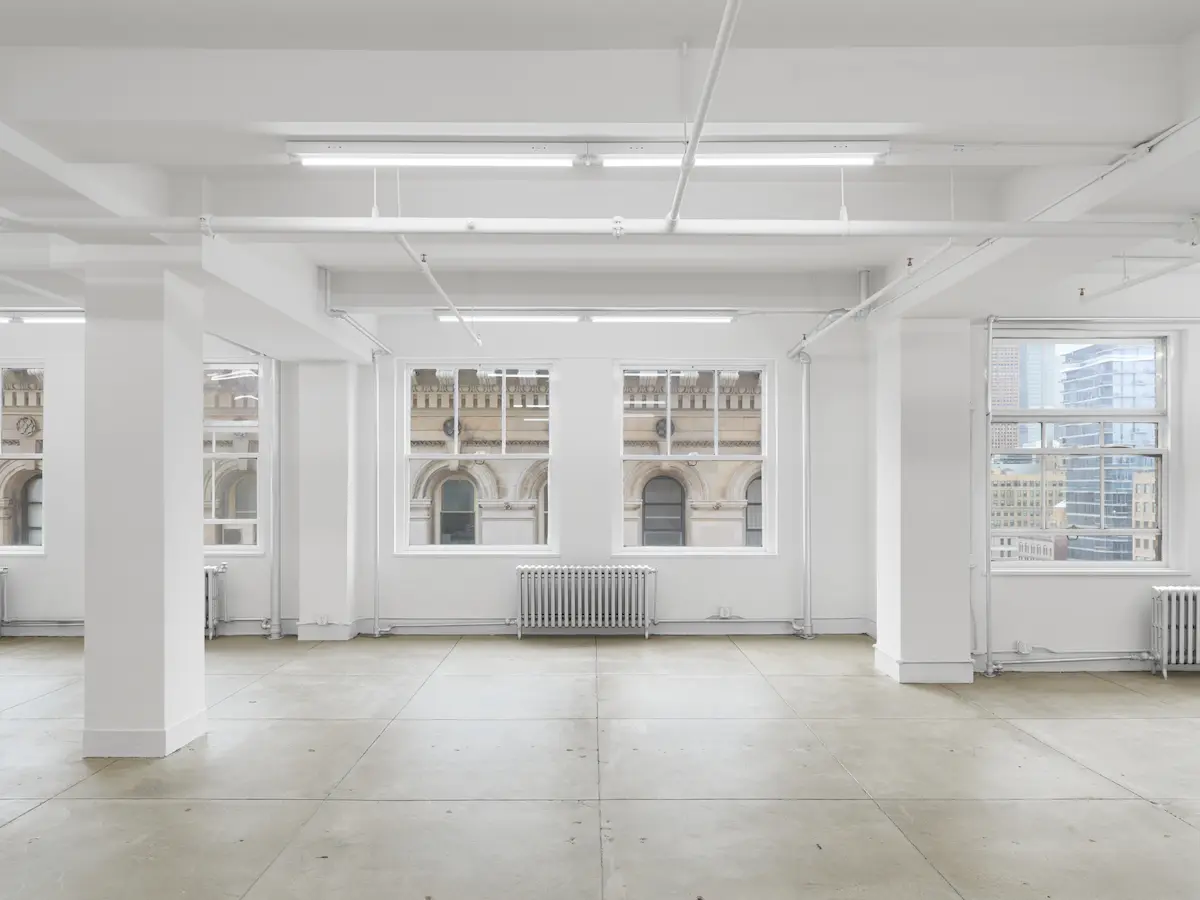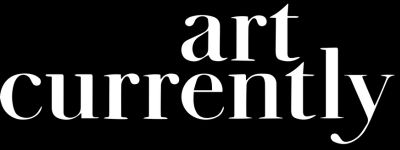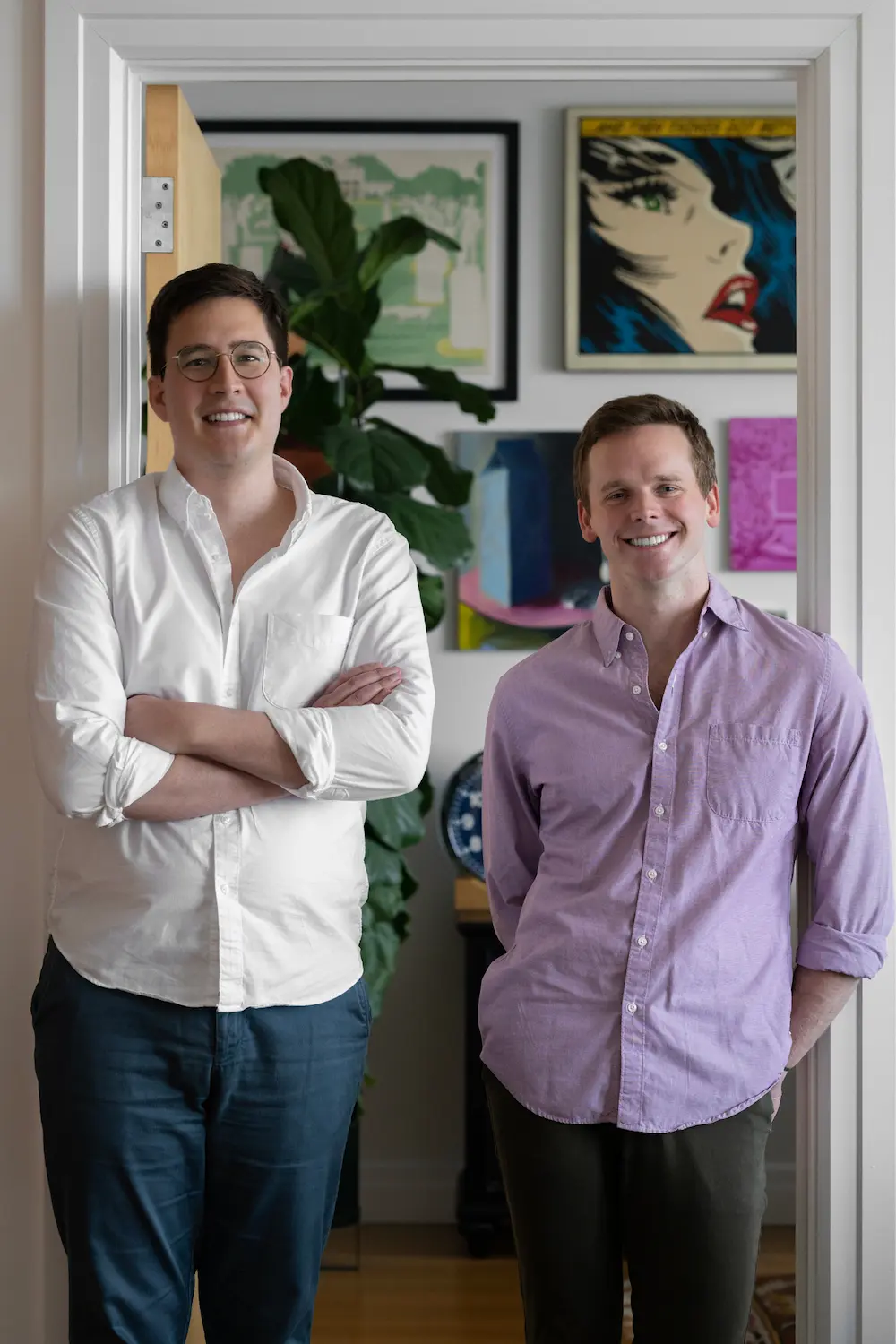Art Collectors Launch a New Gallery Model in Tribeca to Support Galleries & Emerging Artists
Portrait of founders of ensemble (L: Kirby Voigtman, R: John Dennehy). Image by Joseph Joseph Studio.
Over the past couple of years, the art world has witnessed significant changes, marked by the closure of longstanding galleries; most recently, Marlborough, which shuttered its doors after an illustrious 80-year tenure, or Cheim & Read, a fixture in the scene for 26 years. But as we enter the newfound glory of Tribeca as a hotspot, the neighborhood welcomes a new space, ensemble, slated to be a game-changer in the New York art scene.
plus one
Founded by John Dennehy and Kirby Voigtman, both long-time collectors of predominately emerging, queer and women artists, the new space is set to offer flexibility and support for emerging artists and galleries lacking a brick-and-mortar presence.
The duo is set to open its new gallery with "plus one", a New York-focused, artist-driven exhibition beginning with the work of Quay Quinn Wolf (American, b.1989 in New York, NY), expanding through the successive selections of artworks by each following artist including K.R.M. Mooney (American, b.1990 in Seattle, WA), SoiL Thornton (American, b.1990 in Macon, GA), Park McArthur (b. 1984, Raleigh, NC), and Jason Hirata (b. 1986, Seattle, Washington).
'Plus One' will open in two phases, revealing five artists in each chapter, with the first chapter opening to the public on May 3rd, 2024. The additional five artists participating in the second chapter will be announced in early June in anticipation of the public opening on June 20th. 'plus one' will remain on view through July 27th, 2024.
Much in the spirit of the gallery's flexible approach, this first exhibition demonstrates the much-needed collaboration nowadays. Embodying a philosophy of inclusivity and sustainability, the gallery "recognizes the long history of alternative and artist-run spaces in New York City that encouraged experimentation. Ensemble honors the tenacity of this history by presenting a stage for new ideas and art to emerge through collaboration."
artcurrenlty caught up with the founders to give you the lowdown.
How does ensemble's approach differ from traditional galleries in terms of artist representation and exhibition programming?
ensemble is an exhibition space in New York City that adopts a collaborative gallery model. By working with a network of artists, galleries, and curators, ensemble fosters cooperation and partnership for its exhibitions and programming. Through shared resources and effort, ensemble reconsiders the operation of an individual gallery.
The approach recognizes the long history of alternative and artist-run spaces in New York City that encouraged experimentation. ensemble honors the tenacity of this history by presenting a stage for new ideas and art to emerge through collaboration.
Could you explain how ensemble will address the financial challenges that often lead to the closure of new galleries within the first five years?
New galleries begin with the drive and passion but the time, expertise and resources it takes to build a solid base (clients, networks, visibility, income), is becoming increasingly difficult to maintain. The financial chokehold has pulled a lot of creative risk from the equation resulting in sterile shows and retail-first spaces, (less experimentation) and an exclusionary industry.
We think there must be a change in the model to allow for more voices to come through.
You mentioned a trend in sharing representation between blue chip galleries and mid-size ones. How does ensemble fit into this trend, and what unique contributions do you foresee it making?
ensemble is an exhibition space that does not have near-term plans to represent artists. Without a dedicated roster of artists, ensemble’s programming will be able to quickly adapt to the current climate and rapidly changing times. This nimbleness fosters innovation and experimentation.
The trend of sharing representation is indicative of the natural push for collaboration and the benefits of galleries working together to support their artists and collectors. By focusing on galleries beyond NYC, we offer a chance for collectors to interact with artwork that they may only see online or quickly engage with an art fair. We are providing the space and time that galleries and artworks need, but may not be afforded given the high cost of a solo operation in this city.
Can you discuss the significance of creating a space where artists, gallerists, curators, and writers can collaborate and benefit from shared resources?
The fierce competition and high costs associated with opening and managing a gallery have driven rampant risk aversion in the current art world, which has deprioritized programming that warrants criticality, opposition, and rigor. With the introduction of ensemble, and with the collaboration of gallery partners, we are developing a sustainable and collaborative model that allows the conversation to broaden by including galleries and artists who may otherwise not have a reasonable opportunity to present their ideas in New York
As former professionals in finance, how did your backgrounds influence the vision and operation of Ensemble as a gallery? Is your background informing and disrupting new modes of business?
Over the past ten years in the financial sector, there has been a substantial push to make investing more accessible to everyday individuals. As a result of these efforts by companies like Robinhood, fees came down and barriers to entry were lowered. I would argue that there was not enough focus on education to support retail investors in their efforts to make informed decisions. Such speculation contributed to the rise of “meme” stocks.
Our desire for ensemble is to create a welcoming and open environment for a new and existing audience to experience an exciting and progressive program. In the same way, we look to make the system more accessible and start to bring down costs through our collaborative model. Through events and additional programming we provide the necessary education for a new audience to be an informed participant in the art world.
How do you envision ensemble contributing to the diversity and inclusivity of voices within the art world, particularly with your focus on emerging, queer, and women artists?
ensemble is committed to lifting up diverse voices. Our focus on forward-thinking, experimental galleries and artists with complex and conceptually-driven programs and practices allows ensemble to present a wide-ranging series of shows from an equally diverse group of curators, writers, and artists.
In what specific ways will ensemble be transparent and open regarding its operational model, and how do you anticipate this transparency impacting the gallery's success?
Certainly transparency and openness will be hallmarks of our relationships with our partners. The sharing of both financial and artistic resources will be fundamental to the gallery’s success. From an external perspective, the transparency and openness speaks more to our commitment to accessibility and ensemble as a welcoming place of education.
How will you be selecting artists and collaborators to join ensemble's network?
Partners are selected by ensemble to participate in the gallery's program, and these exhibitions are collaborations between the ensemble team and that of our cohort of galleries, artists, and curators.
Where do you see the gallery five years from now?
Potentially with a larger footprint and with a solid, growing roster of partner galleries that we interact with often for exhibition and exposure opportunities across the board. A major measure of success will be how the collector base leans into this model, understanding that sustainability for a new art gallery or program must look different now than it did 15 years ago to allow more voices and ideas into the fold.




